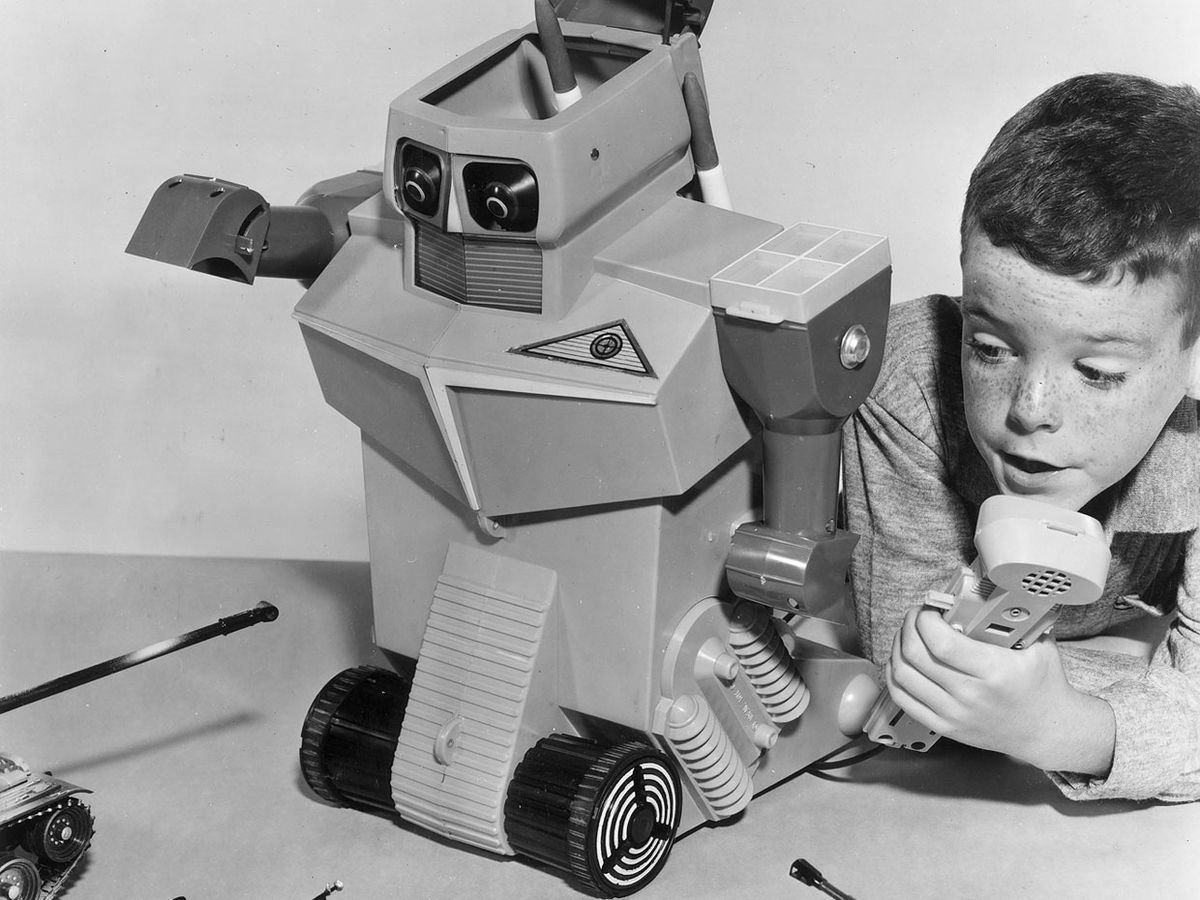IEEE Spectrum’s annual Dream Jobs report, in this issue, is our modest contribution to Engineers Week, which begins this year on 17 February. According to the U.S.-based National Engineers Week Foundation, we are all “challenged to prepare the next generation of talent by helping to remove the social, educational, and economic barriers that deter young students from engineering and technology education and careers.” Few would argue with that noble sentiment. But there’s been quite a bit of argument this past year over one controversial approach to advancing this cause.
What sparked the brouhaha was a seemingly innocuous U.S. government grant to O’Reilly Media’s Make magazine division, to help create 1000 high school “makerspaces” over the next four years. These in-school facilities are to be modeled on hackerspaces—places that house informal groups of technically minded people who work on various wacky and not-so-wacky projects with little if any commercial or governmental involvement. Indeed, the whole hackerspace movement has traditionally been very antiauthoritarian.
So it rubbed many of these hackers (or “makers,” as Make likes to call them) the wrong way when O’Reilly Media accepted this funding, which comes from the U.S. Defense Advance Research Projects Agency’s Manufacturing Experimentation and Outreach program, part of a larger initiative to improve the design of military vehicles.
Make’s revelation of its DARPA funding prompted Mitch Altman, a founder of San Francisco’s Noisebridge hackerspace, to declare that he would no longer help with Maker Faire, for example.That came soon after Fiacre O’Duinn, who works with the Ontario Library and Information Technology Association, wrote a scathing critique of O’Reilly’s military dalliance on his blog, Library Cult.
Two days after Altman’s declaration, Dale Doherty, head of O’Reilly’s Make division, attempted to address these concerns on his magazine’s blog. There he explained, for example, that DARPA would not be asserting ownership of the intellectual property that came out of these hackerspaces and that the students and their teachers, not DARPA, would decide what they wanted to build. “The goals of Make and DARPA align in this instance because we have a mutual interest in seeing a more diverse pool of young people become scientists, engineers, programmers,” Doherty wrote.
And not all members of the Noisebridge hackerspace shared Altman’s qualms. Some said they were just happy that some arm of the U.S. government was keen to boost student access to the tools and educational opportunities these facilities would bring.
To my mind, the answer here is crystal clear—it’s the question that’s muddy. Are we asking whether working with the military is good or bad? If that’s the question, reasonable minds must agree to disagree. But it seems to me the issue here is narrower: Should military agencies involve themselves with primary- or secondary-school education? And to that question, I believe the answer is no. Heck, no.
Students of those ages are busy learning a lot of things, among them where they stand on the use of violence to resolve conflict. It’s one of the toughest questions many of them will have to ponder. In an open and free society, we must give these young people time to mature before we can expect them to come to their own conclusions. They need time to learn about such figures as Adolf Hitler and Mohandas Gandhi, for example, before we ask them to decide whether participating in a program with military links meshes with their personal ethics. Telling students for whom it doesn’t that they’ll have to opt out of their school’s new digital-fabrication lab would be discriminatory, even divisive.
We already have one gaping digital divide that needs mending. Let’s not create another.
A correction to this article was made on 5 February 2013.
David Schneider is a former editor at IEEE Spectrum, and continues to contribute Hands On articles. He holds a bachelor's degree in geology from Yale, a master's in engineering from UC Berkeley, and a doctorate in geology from Columbia.




